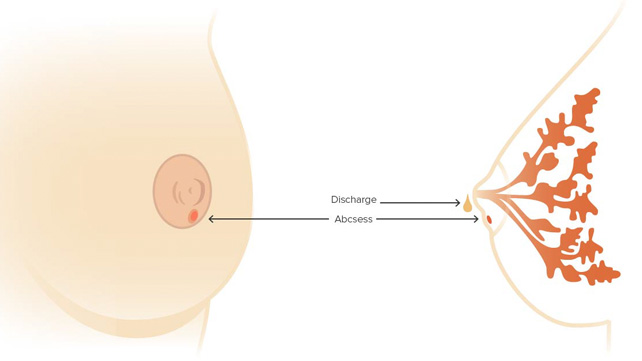10 Misconceptions Your Boss Has About Microdermabrasion
Carpal Tunnel Syndrome (CTS) is the most commonly recognized form of Repeated Pressure Injury (RSI), however Trigger Finger is catching up quickly, becoming all too common amongst society and affecting the youth and senior in ever-increasing numbers. If the increasing numbers keep on track, Trigger Finger might be acknowledged together with Carpal Tunnel Syndrome as having achieved epidemic percentages.
Trigger Finger Rising
Prior to the 1990's, Trigger Finger appeared to affect a small number of the senior that had actually experienced some form of direct injury or extreme strain to one or perhaps numerous fingers. Trigger Finger was more common in those that were already suffering with Osteoarthritis in the afflicted hand, making numerous health care professionals to think that Trigger Finger was a by-product of Osteoarthritis. However within the past 5-years, the age of those suffering from Trigger Finger became much more youthful while the overall variety of people with the disorder increased. The belief of a direct correlation between those experiencing Osteoarthritis and Trigger Finger seems to be lowering in popularity as a number of those experiencing Trigger Finger do not have Osteoarthritis, but instead, are associated with high-risk tasks that are currently associated as the causative factor in lots of kinds of Repetitive Stress Injuries.
Injuries resulting from repeated motion (repeated/ cumulative trauma disorders-- CTD's) are growing. According to current yearly data from the U.S. Survey of Occupational Injuries and Illnesses, over 302,000 CTD's represent almost two-thirds all of workplace-related illnesses.

Ergonomic disorders are the fastest growing category of work-related health problem. According to the most recent statistics from the U.S. Bureau of Labor Stats, they represent 56 percent of health problems reported to the Occupational Security and Health Administration.
Trigger Finger Acknowledged as a Recurring Strain Injury
Now that Trigger Finger is rearing its head in the workplace with increased strength, it has been contributed to the growing list of disabling http://louiszlpi484.trexgame.net/rhinoplasty-the-good-the-bad-and-the-ugly Repeated pressure Injuries. Trigger Finger now joins the ranks of Tendonitis, Carpal Tunnel Syndrome, Epicondylitis, Cubital Tunnel Syndrome, DeQuervain's and the lots of other incapacitating workplace disorders affecting the upper extremity. So, what is Trigger Finger, how is it recognized and what are its signs?
Trigger Finger Discussed
Trigger Finger is a kind of overuse injury affecting any of the fingers (1-5) with signs varying from a painless annoyance with periodic snapping/jerking of the finger( s), to extreme dysfunction and discomfort with constant locking of the finger( s) in a flexed downward/ forward position into the palm of the hand.
The incident of this injury generally results from overuse of the flexor muscles/tendons and the formation of an adhesion or fibrotic nodule on the tendon. If left neglected, the adhesion/nodule ends up being bigger, for that reason creating a clashing ratio in between the size of the tendon and the size of the entrance of the tendon sheath. Most of the times, if the adhesion/nodule is not dealt with, it can continue to increase in size (Depending upon activity/use of the impacted finger) to the point where it still has the capability to enter and through the tendon sheath when flexing the finger, but becomes stuck and can stagnate back through the tendon sheath when trying to extend/straighten the finger, thus triggering the finger to lock in the bent forward/ downward position.
The Trigger Finger Service
Because Trigger Finger includes an adhesion, nodule, and scar tissue accumulation on the tendon due to excess stress, overuse, or direct injury to that specific place on the tendon, it should be treated with extending and strengthening workouts in order to break down the adhesion on the impacted tendon. By breaking down the adhesion on the impacted tendon, it lowers in size and slides through the pulley-block system in a normal manner, no longer capturing and locking into the down flexed position. (There is also a thinning of the tendon, which helps in reducing the overall size of the tendon and blemish, therefore allowing it to pass through the tendon sheath with higher ease.) Creating strength in the opposing finger extensor tendons is extremely important as it allows the finger to go back to an extended position in a better way. This is where muscle balancing enters play. By developing equality of tendon length and strength on both sides of the finger joint, individuals can assist avoid the onset of Trigger Finger and/or keep it from re-occurring in the future.
Conservative therapy making use of stretches and exercises has been extremely reliable, providing long-term and long-term relief. For those wanting to avoid surgery and for those where surgery was not effective in getting rid of the condition, stretch and workout treatment is the service to both avoiding and restoring the devastating signs related to Trigger finger.
